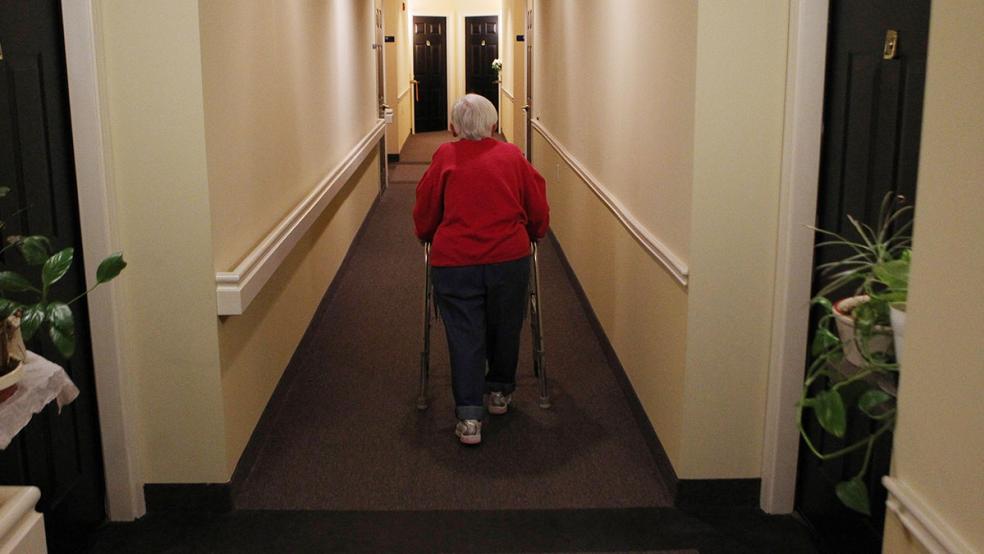Senior citizens in only three states have retirement incomes that are large enough to maintain prior living standards, according to new research.
An analysis by the personal finance site Bankrate.com found that retirement incomes for residents in nearly every state fell short of the recommended 70 percent mark. Incomes for retirees in Hawaii, Alaska and South Carolina were the only ones that met the threshold.
Related: The Best States for Retirement 2016
Many financial experts believe a retirees’ income in retirement should be 70 percent of their working income, but many people fail to hit that target. “Millions of Americans across all generations are unprepared for retirement,” says Greg McBride, Bankrate’s chief financial analyst.
To calculate how many people were above or below the target in each state, researchers divided the median annual household income for those 65 and older by the median household income for those between 45 and 64 years old. The data was pulled from the U.S. Census Bureau’s 2014 American Community Survey.
One of the reasons that retirees in Alaska, Hawaii and South Carolina achieved the minimum rate was because each state boasts relatively large numbers of government and military workers relative to overall population, says McBride. Workers in both categories tend to receive healthy pensions.
An additional benefit in Alaska is that the state offers dividends to residents from a public fund that’s invested in oil and gas revenues.
McBride says that residents of states that fared the worst actually had relatively high earnings, but the high cost of living in the states acted as an impediment to retirement savings. Massachusetts had the lowest income replacement rate, with a majority of retirees replacing a meager 48 percent of the income earned by prime-age workers. North Dakota just beat the Bay State, with an income replacement ratio of 49 percent.
Related: What Your Retirement Savings Should Look Like at Age 50
If you realize that you don’t have enough savings set aside for retirement, McBride recommends working longer or delaying receiving Social Security payments as long as possible. Every year you put off Social Security until you’re 70 results in higher payments.
“Each additional year you work, that’s another year your assets have to grow and one less year your money has to support you in retirement,” McBride says.
However, it’s important to remember that the only reliable way to ensure you have a comfortable retirement is to save and “save more when times are good,” McBride says.
Here are the top five states for senior income replacement:
1. Hawaii: 73 percent replacement of working-age income
2. Alaska: 71 percent
3. South Carolina: 70 percent
4. Arkansas: 69 percent
5. New Mexico: 69 percent
And here are the five worst:
1. Massachusetts: 48 percent
2. North Dakota: 49 percent
3. New Jersey: 52 percent
4. Minnesota: 53 percent
5. Connecticut: 53 percent





